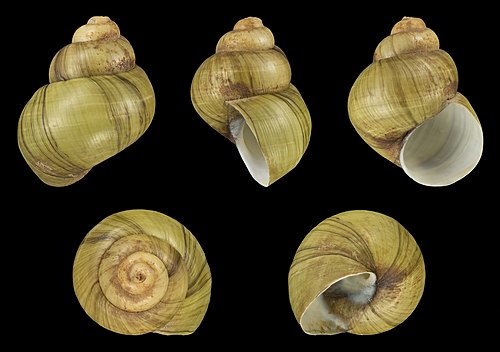This account has been indefinitely blocked by the Arbitration Committee.
If you think there are good reasons why you should be unblocked, you should review the guide to appealing blocks, then appeal by emailing the Arbitration Committee (direct address: arbcom-en![]() wikimedia.org).
wikimedia.org).
Administrators: This block may not be modified or lifted without the express prior written consent of the Arbitration Committee. Questions about this block should be directed to the Committee's mailing list.
| This user has been banned indefinitely from editing the English Wikipedia by the community. Administrators, please review the banning policy before unblocking. (block log · contributions · discussion at AN) |
 | This account has been blocked indefinitely and globally locked because CheckUser evidence confirms that the account's owner has abusively used multiple accounts.
(Account information: block log · CentralAuth · suspected sockpuppets · confirmed sockpuppets) |
- If you would like to leave me a message, please use my talk page.
About me
I am a medicinal chemist with a PhD in organic chemistry. I have worked in both academic and industrial settings doing teaching, basic research and applied research mostly in the area of drug discovery.
I currently work for a small company that collaborates with academic labs to pursue drug discovery research and to help them secure funding, such as SBIR grants, that would be otherwise unavailable to them.
I have been actively editing Wikipedia for more than ten years. I try to improve Wikipedia by creating, updating, correcting, organizing, and copyediting articles related to organic chemistry, particularly heterocyclic compounds and natural organic compounds. To get a better idea of my interests, just take a look at some of the articles I have started or this list of the most recent of the ~8000 chemical structure images I have uploaded, or see my contributions.
With my wife and kids, I live in suburban Pennsylvania.
I am a medicinal chemist with a PhD in organic chemistry. I have worked in both academic and industrial settings doing teaching, basic research and applied research mostly in the area of drug discovery.
I currently work for a small company that collaborates with academic labs to pursue drug discovery research and to help them secure funding, such as SBIR grants, that would be otherwise unavailable to them.
I have been actively editing Wikipedia for more than ten years. I try to improve Wikipedia by creating, updating, correcting, organizing, and copyediting articles related to organic chemistry, particularly heterocyclic compounds and natural organic compounds. To get a better idea of my interests, just take a look at some of the articles I have started or this list of the most recent of the ~8000 chemical structure images I have uploaded, or see my contributions.
With my wife and kids, I live in suburban Pennsylvania.
Links I use
|
Userboxes
|
Shortcuts |
Viviparus georgianus, commonly known as the banded mystery snail, is a species of large freshwater snail in the family Viviparidae, the river snails. It is native to North America, generally found from the northeastern United States to Florida and the Gulf of Mexico, and thrives in eutrophic lentic environments such as lakes, ponds and some low-flow streams. The snail has two distinct sexes and reproduces more than once in a lifetime, with females laying eggs singly in albumen-filled capsules. It feeds on diatom clusters found on silt and mud substrates, but it may also require the ingestion of some grit to be able to break down algae. This image shows five views of a 2.1 cm high (0.83 in) V. georgianus shell, originally collected in the U.S. state of Georgia and now in the collection of the State Museum of Natural History Karlsruhe in Germany.Photograph credit: H. Zell
| This is a Wikipedia user page. This is not an encyclopedia article or the talk page for an encyclopedia article. If you find this page on any site other than Wikipedia, you are viewing a mirror site. Be aware that the page may be outdated and that the user whom this page is about may have no personal affiliation with any site other than Wikipedia. The original page is located at https://en.wikipedia.org/wiki/User:Edgar181. |

